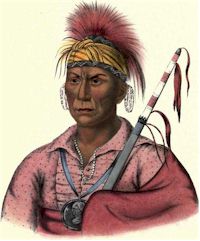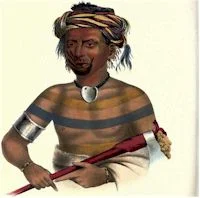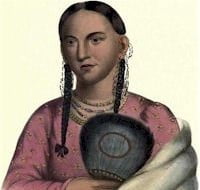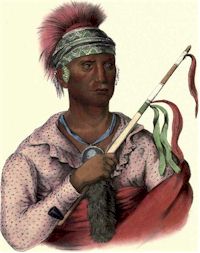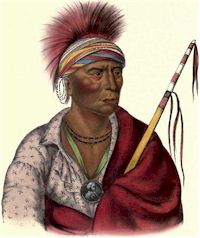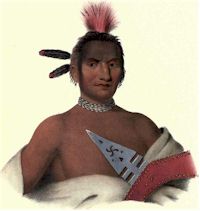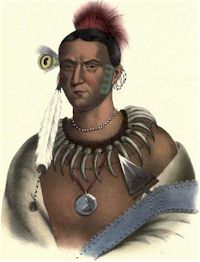Plains Indian Culture
Museum collections cannot illustrate this important phase of culture; but since no comprehensive view of the subject can be had without its consideration, we must give it some space. It is customary to treat of all habits or customs having to do with the family organization, the community, and what we call the state, under the head of social organization. So, in order that the reader may form some general idea of social conditions in this area, we shall review some of the discussed points. Unfortunately, the data for many tribes are meager so that a complete review cannot be … Read more




